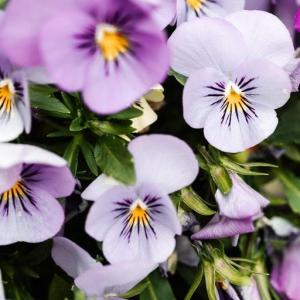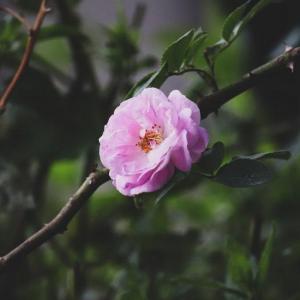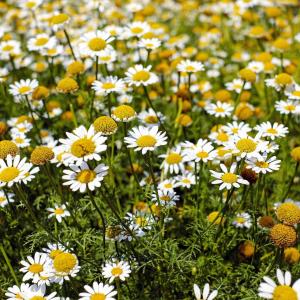
The lovely, simple-to-grow Echeveria peacockii succulent, which is native to Mexico, thrives well inside and outdoors in warm climes. It is distinguished by spoon-shaped, rosette-shaped, powdered blue-gray leaves with scarlet ends. Although these succulents grow slowly, under the correct circumstances they may reach a diameter of up to six inches.
Care for Echeveria Peacockii
Echeveria peacockii is a great option if you're seeking for a low-maintenance plant. These succulents may survive without watering, if they are placed in a bright, sunny area. In the spring or early summer, your Echeveria peacockii could even please you with a display of lovely pink blossoms. These beautiful, bell-shaped blooms have long stems that emerge from the center of the rosettes and bloom for two to three weeks.
Light
Sun-loving succulents like Echeveria peacockii need a lot of light to promote strong growth. Give them as much light as you can while growing plants inside, either via a window that faces south or west or under a grow lamp. Echeveria peacockii should be placed in areas that get some shelter from the sun's most intense rays when cultivated outdoors, particularly in hot climes where it may burn the fragile leaves.
Soil To prevent water from pooling around the roots of these succulents, they need potting soil that drains properly. The Echeveria peacockii thrives in commercially available cactus and succulent mixtures, or you may build your own at home with relative ease. To make a mix that is gritty, airy, and well-draining, combine equal portions of ordinary potting soil, coarse sand, and perlite.
Water
Although exceedingly drought-tolerant, Echeveria peacockii is sensitive to overwatering. Generally speaking, it is preferable to underwater these succulents as opposed to overwatering them. Between waterings, the soil should be given enough time to completely dry out. Keep water out of the rosette at all times.
Thermodynamics and Humidity
Echeveria peacockii, a native of Mexico, prefers warm, dry weather and cannot endure freezing. In USDA zones 9b through 11b, they may be grown outside all year round; otherwise, if you want to plant these succulents outside, you should put them in pots that you can bring inside during the winter.
Fertilizer
These Echeveria do not need routine fertilizer since they are used to thriving on subpar soils. In fact, over fertilization might actually have the opposite effect of what it is intended to achieve—leggy growth and fertilizer burn. However, to encourage healthy development during the active growing season, plants may profit from an annual application of cactus/succulent fertilizer in the early spring.
Echeveria Peacockii regrowth
Cuttings or leaves work best for propagating this Echeveria. To spread a plant by means of its leaves, carefully twist off one of the plant's healthy leaves, being sure to preserve the leaf's base. Put the leaf (or leaves) in a spot with strong, indirect light, on top of a soil mixture that drains well. Before watering, wait until roots start to emerge from the end of the leaf, and then water sparingly. You should see a little succulent sprouting at the end of the leaf after a few weeks. The old leaf will eventually die and fall off as the new succulent ages, at which time you may repot it and continue your regular maintenance routine.
A mature plant may sometimes produce offshoots, at which point it may be reproduced through cuttings. Separate the offshoots from the parent plant using a clean, sharp knife, and then let them alone for 24 hours so the wound may callus over. After that, put the cutting's stem in a soil mixture that drains well and set it in a spot that gets plenty of indirect light. After a few weeks, roots should start to emerge; at this time, you may start watering the cutting.
Echeveria Peacockii Potting and Repotting
Echeveria peacockii are slow-growing succulents with shallow root systems that don't need frequent repotting. Only once the succulent has outgrown its previous potting container can they be repotted; at that time, they may be moved up one pot size. Before repotting, make sure the soil is completely dry. Also, be cautious handling the root ball while repotting since the roots are quite fragile and brittle. Take out as much dirt as you can from the roots and replace it with fresh soil. To assist the new soil hold the roots in place around the roots, thoroughly water the freshly planted succulent.
Common diseases and pests
Echeveria peacockii are susceptible to certain common pests like scale and mealybugs but not any significant illnesses or pests. These succulents are prone to root rot because they are so sensitive to overwatering. To avoid overwatering, plant your Echeveria peacockii in a soil mixture that drains well and water only when the soil is completely dry.
文章
还没有人评论,快来抢沙发!









